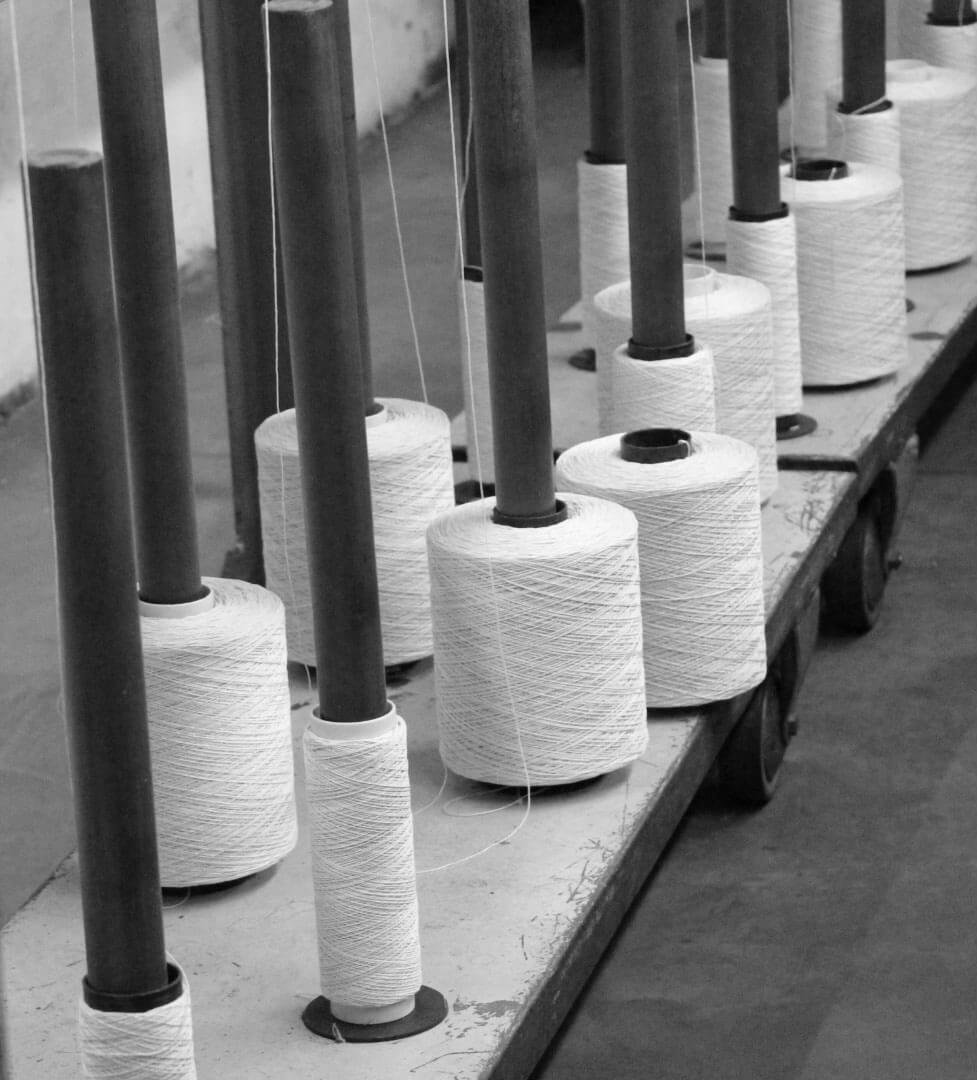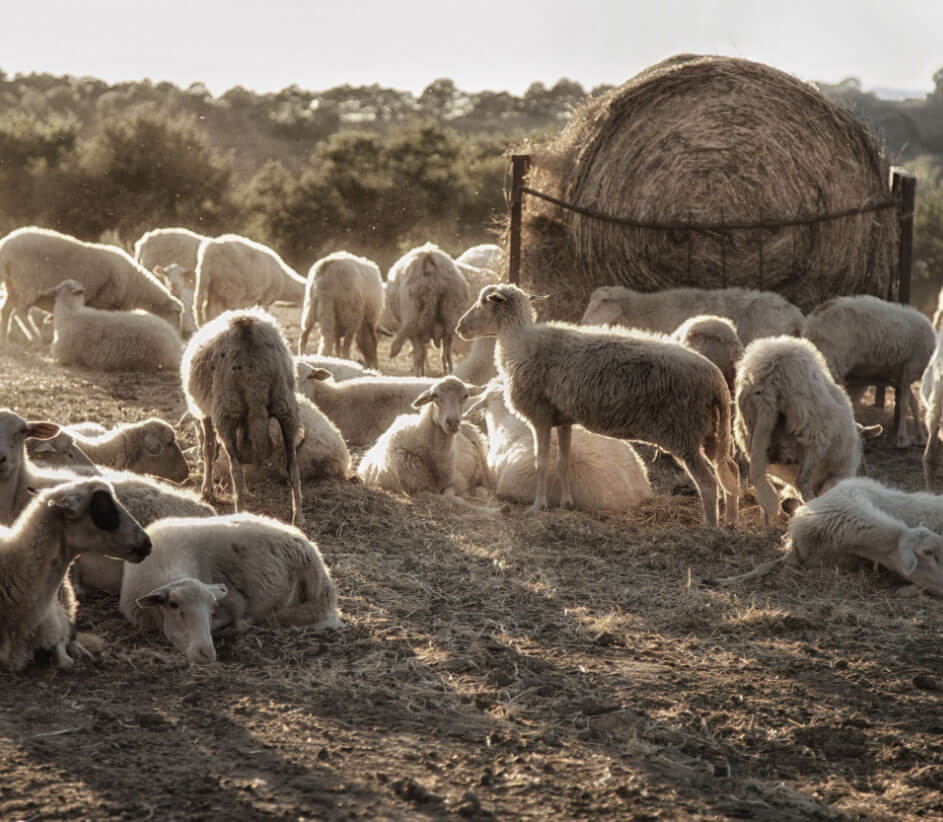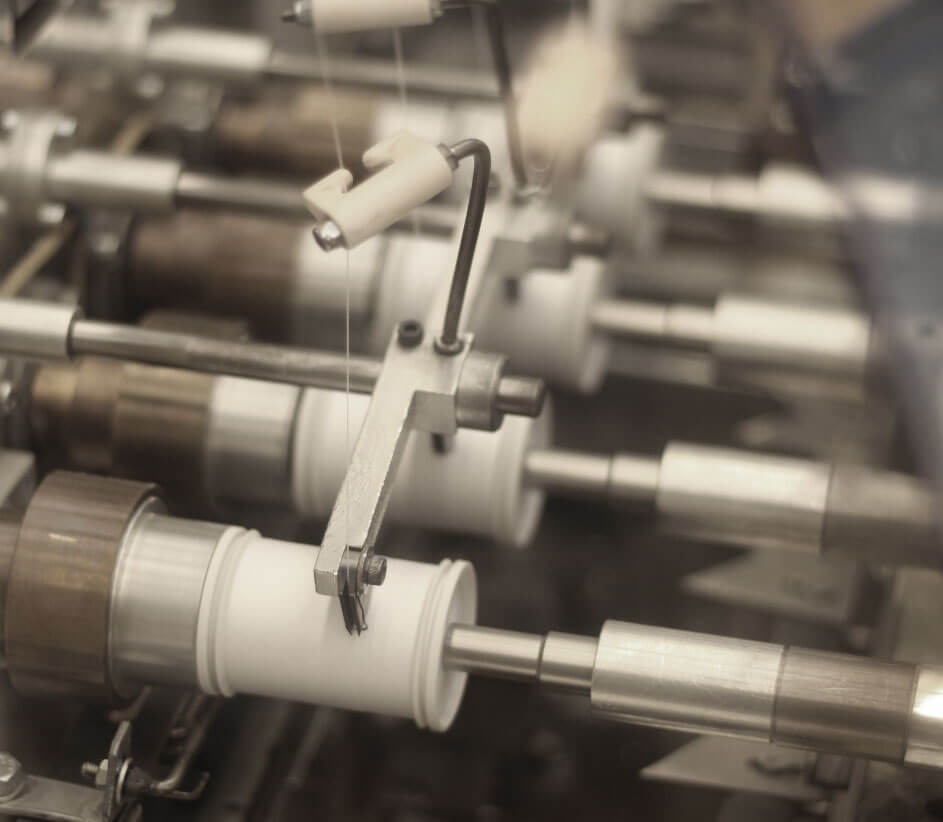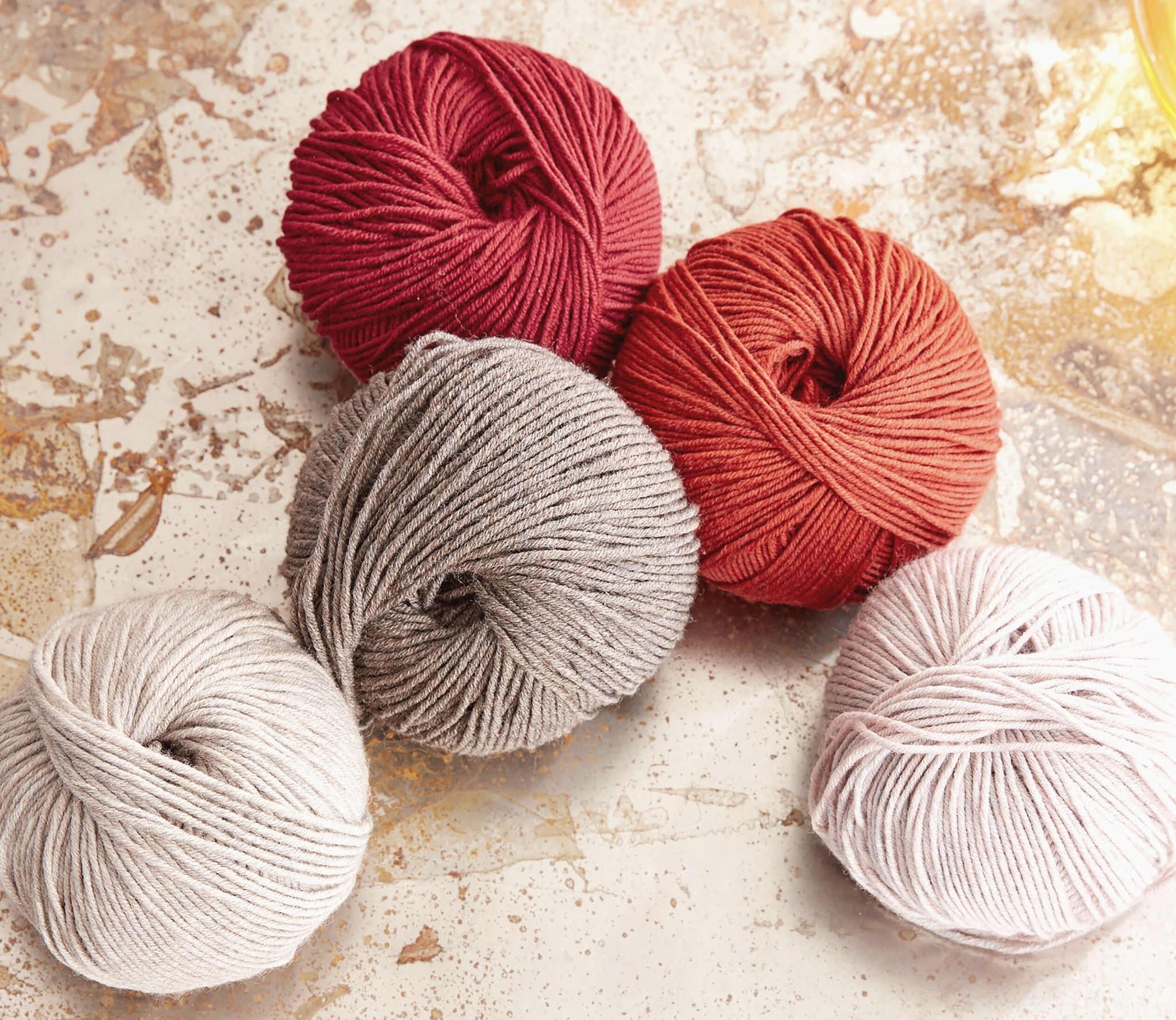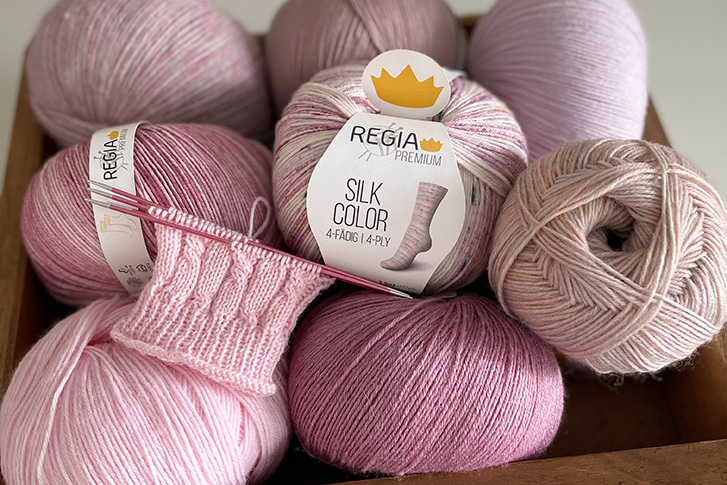In order to spin yarn, the first step requires natural or synthetic raw fibers. These fibers can come from animals (often sheep’s and goat’s wool) and plants (mostly cotton), or they can be made from polymers and inorganic materials, which result in well-known fabrics such as polyester and polyamide.
